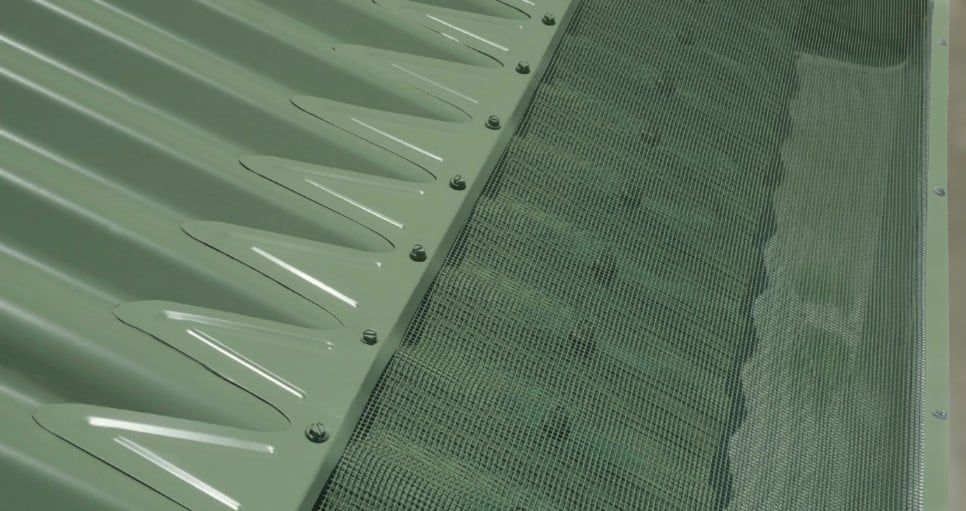With the November 2019 NSW & Qld fires still fresh in everyone’s mind – Anxiety about bushfire lurks in the background of summer life in Australia. Every year, thousands of fires burn millions of hectares of grass and forest, homes are lost and, tragically, lives too. Hundreds of thousands of trained volunteers, more and better ground equipment and increasing aerial resources are ranged against the fires. But there is also a lot you can do to reduce the risk of fire to your house.
Prepare your property
A well-prepared home has the greatest chance of survival, even if you are not there to protect it. It is also easier to defend, and will give you better protection if you are unable to leave. On the other hand, an unprepared property is not only at risk itself, but may also present an increased danger for neighbours.
The easiest preparation is to starve the fire:
- Trim any branches overhanging your house and other buildings
- Keep grass around the house short
- Check around your house and remove materials that can burn – rubbish and debris but also fuel containers, woodpiles, paper, boxes and crates.
- Point LPG cylinder relief valves away from the house
- Enclose open areas under decks and floors (some councils require this).
Gutters
Don’t forget to look up: clear and remove leaves, twigs, bark and other debris from your roof and gutters. Better still, install gutter protection to stop debris building up.
Have water available
Make sure you have a sturdy hose that can reach all around your home. Fire extinguishers are also useful.
Prepare yourself and your family
Certain properties are undefendable, and certain fires unsurvivable. Prepare your family so everyone knows what to do if fire occurs:
- Discuss what you will do
- Familiarise yourself with the bush fire alert levels.
- Keep information like websites and emergency details handy (perhaps on your smart phone).
Make a plan
Many people who die during bushfires are caught fleeing their homes at the last minute. You need to decide in advance whether you will stay or go, if the time every comes. Also, what about your pets, your personal documents, the things you will need (an overnight bag, medications)?
Maing a bush fire survival plan with your family sorts all these questions out. Keep it in an accessible position. In a fire you don’t want to have to think about what you need to do, just follow the plan you have already worked out.
Get an easy guide to making your plan from the website of your state fire authority:
QLD Queensland Fire and Emergency Services
SA South Australian Country Fire Service
NT Northern Territory Police, Fire and Emergency Services
WA Department of Fire and Emergency Services
Make sure your firies can help you
Make sure a fire truck can get to the most important parts of your property. The largest tankers are used for house protection because they hold the most water. These large vehicles don’t negotiate sharp corners or make U-turns easily. They need a clearance of 4m in height and width. Check your access. Can these tankers fit through your gates and under your trees? Can they access the rear of your house? They can weigh nearly 14 tonne. Will the bridges or grids on your property support them?
But also remember: During a bushfire you can’t expect a fire truck at every house.
Lighting fires and using tools outdoors in summer
In general, you must have a permit from your local fire authority to light a fire outdoors in summer.
Use common sense when using tools that could cause a spark, especially mowers and grinders. In the tinder-dry conditions we have during much of summer, a spark can ignite a grass fire that can quickly get away.
Undertake slashing and mowing after or during rain and not during the heat of the day. Have an extinguisher or at least 600 litres of water and a working pump available.
Large financial penalties can be imposed for fires that start on your property and subsequently cause damage to other properties.
Camp fires and barbecues
You generally don’t need a permit for fires for cooking and heating, provided you meet some commonsense conditions. These vary from state to state, but generally your camp fire or barbecue needs to either be in a constructed site or on site cleared for 2m in all directions; and you must put it out completely before you leave it. Check with your state authority for the particular requirements in your state.
What you need to know about fire behaviour
- Bushfires and grass fires travel faster uphill than downhill
- Bushfires can be so hot they can burn bare skin from 100 metres away
- Grass fires can also burn ferociously hot, send flame metres high, move fast and swing suddenly
- Small lingering embers lodged in gutters or backyards full of leaves and vegetation can burn down homes – most homes are lost through ember attack
- A small fire can grow to metres high in seconds with a change in wind or vegetation.
Grass fires
In years where the preceding season was unusually wet there is an increased risk of grass fires in the fire season. A grass fire might sound relatively benign but, in fact, grass fires can be very dangerous.
There are a number of ways to prepare your property and family, and possibly crops and livestock, to minimize damage from a grass fire:
- Keep grass short around buildings and in the paddocks– mow it, graze it or slash it.
- Maintain your machinery.
- Know where you can move your animals to safety.
- Check and maintain any firefighting equipment you have, such as pumps and hoses.
Watch what happens if you pour water on an oil/fat fire
Why you should never use water to put out a cooking oil fire in the kitchen:


Leave A Comment